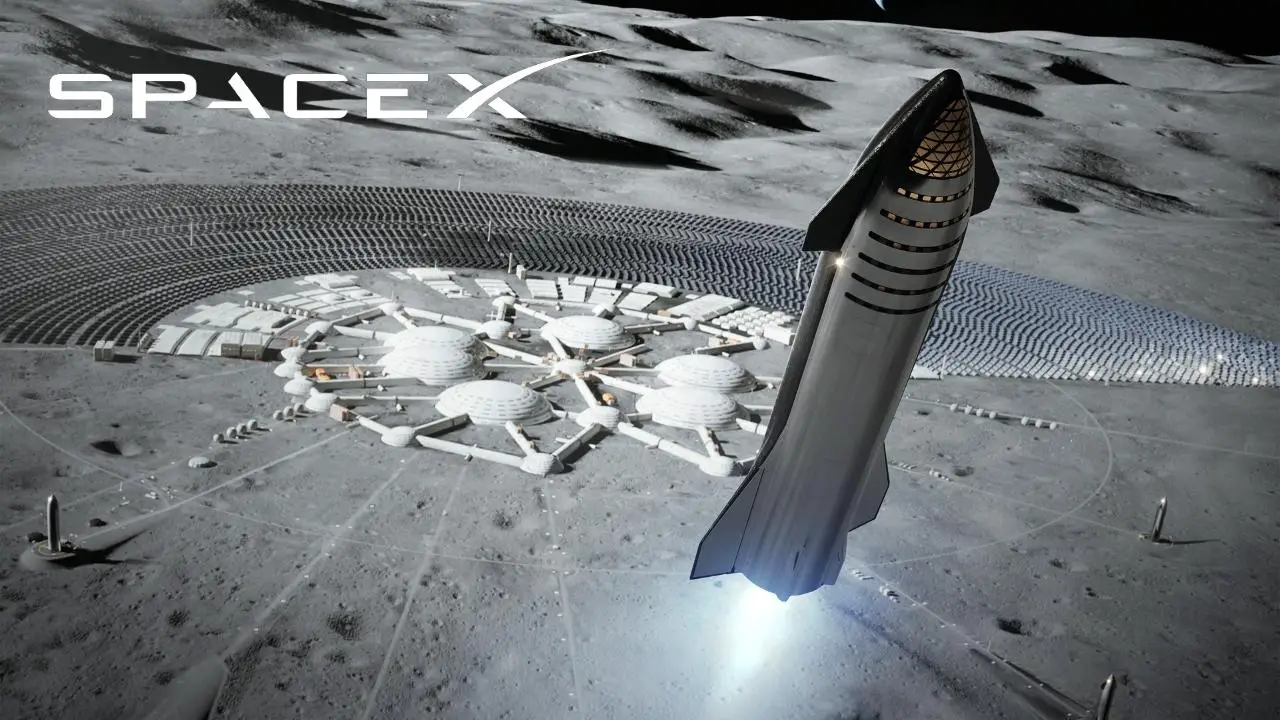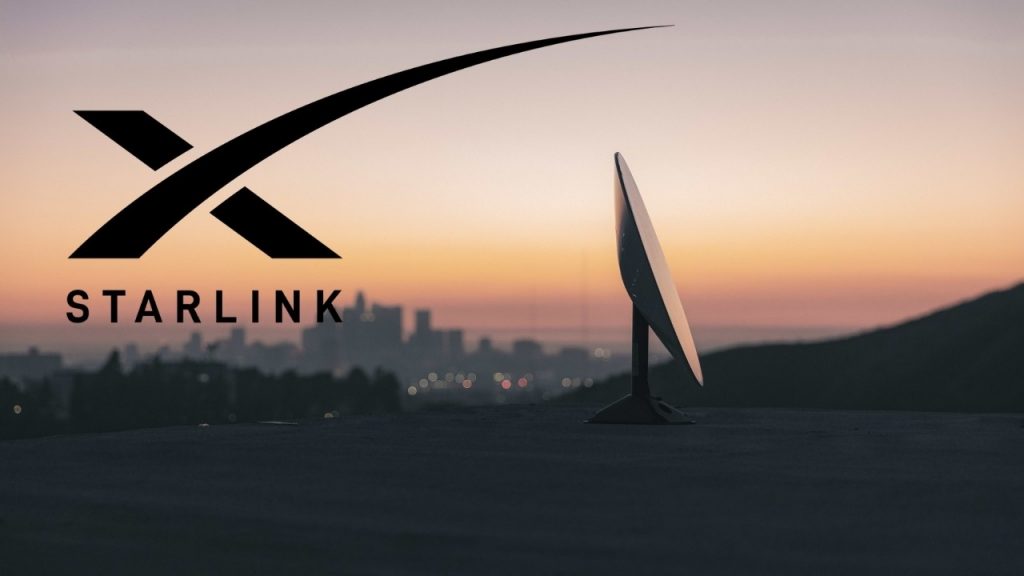SpaceX wanted to make reusable rockets and made the Falcon 9 and Falcon Heavy. Because of its low cost, SpaceX has the majority of the space launch market share and dominates the space industry.
So, why is SpaceX now making the Starlink internet constellation?
SpaceX is making Starlink to provide low cost, low latency, fast, and reliable broadband internet to previously unserved or under-served areas worldwide. Moreover, Starlink’s other goal is to generate revenue for SpaceX’s Mars project and help fund a city on Mars.
Let’s elaborate.
Elon Musk grew up reading science fiction books. The Hitchhiker’s Guide to the Galaxy was his favorite book. Since early childhood, Elon Musk has been fascinated by space and Mars. That’s why when he earned some money during the sale of PayPal to eBay, he went to Russia to purchase a few decommissioned ICBMs.
Elon Musk planned to send those ICBMs with a greenhouse on top to Mars to stimulate public interest in space exploration similar to the 1969 Moon mission. However, when ICBMs purchasing deals failed, he invested his own $100 million and formed SpaceX.
Elon Musk wants to make humans a multiplanetary species. Mars is his primary target to establish human settlement beyond Earth.
However, the Mars mission requires a lot of money to develop new rockets and technology. Traditional investors are not interested in this type of project since the return on investment is unlikely.
From the beginning of SpaceX, Elon knew that the rockets are costly because no one ever developed reusable rockets. If he makes a fully reusable rocket, he figured out it will significantly reduce rocket launch cost. Thus, he can provide cheaper launch vehicles for the satellite industry and NASA.
That’s why SpaceX built the Falcon 9 rocket from the ground up as a reusable rocket. Unfortunately, the upper stage of Falcon 9 is not reusable.
Currently, the Falcon 9 costs $60 million per launch, and the Falcon Heavy costs $90 million.[1] Though these rockets are cheaper than competitors, still not cheap enough to be practical for Mars colonization.
It is why SpaceX is currently developing another rocket, Starship.
Starship is the upper stage of the Mars rocket; the booster stage’s name is Super Heavy. Contrary to Falcon 9, Starship and Super Heavy are fully reusable with a very minimal refurbishment.
According to various sources, the Starship rocket’s launch cost would be $2 million, 96% cheaper than Falcon 9 rocket.[2]
Starship is an entirely new type of vehicle, has no resemblance with Falcon 9, even the engines are different.
Therefore, to make human life multi-planetary, to send hundreds of thousands of people and resources to Mars, Starship’s successful development is crucial.
SpaceX needs a lot of money to make the Starship project successful.
Though SpaceX is dominating the space launch industry because of its cheaper rocket, the space launch market is not big enough to generate enough profit to fund the Starship project.
For example, In 2019, SpaceX had a 65% market share in the $9.8 billion space launch industry.[3] Still, they had to lay off 10% of their workforce to keep the spending budget low in 2019.[4]

Therefore, SpaceX needs another source of funding to keep the Mars Starship project ongoing.
So, why is SpaceX not public?
There’s one source to raise capital for companies. It’s the stock market. In fact, Elon Musk’s Tesla went public in 2010 to raise money to build their factory. However, he learned that the stock market does not like a volatile company.
Therefore, Elon Musk, who holds a 54% share of the company and 78% voting power, does not want to take SpaceX public until it reaches predictable profitability.[5]
Ideation of Starlink:
SpaceX needs a lot of capital, but the launch industry is not big enough, and they can’t raise money in the traditional market. Hence, SpaceX needs a business model to grow its revenue and profit beyond the space launch market.
Elon Musk found that there are no high-speed broadband internet connections in rural areas, even in the US, Canada, and Australia. Traditional ISPs are not interested in providing internet in the suburbs or rural areas because of high infrastructure costs and low return.
Contrary to the $9.88 billion worldwide space launch market, the internet market (ISP) is more than $114 billion in the US alone.[6]
Therefore, Even if SpaceX can catch a small market share of the US’s ISP market, SpaceX’s revenue and profit would grow significantly to fund its Mars rocket project.
How would SpaceX beat satellite ISPs and take market share?
Traditional ISPs are not interested in providing internet in rural areas. However, there are alternatives, such as geostationary satellite internet, for example, HughesNet.
However, the Geostationary satellite internet is slow, expensive, laggy, and sometimes unusable. (learn more)
So, SpaceX started their Starlink project. Starlink uses low earth orbit (LEO) satellites (350 km to 550 km) instead of Geostationary satellites (35,800 km). Moreover, SpaceX uses thousands of satellites instead of a handful of Geostationary satellites.
As a result, Starlink can provide cheap, fast, low latency broadband internet in rural areas where internet service is not available or is unreliable.
Moreover, SpaceX designs, makes and launches their Starlink satellite. No other satellite ISP can compete with SpaceX in this sector.
It’s because other satellite ISP neither makes nor launches their satellite. They order their satellite from a satellite manufacturer and hire a space launch vehicle company such as SpaceX to launch their satellite.
As a result, other satellite ISPs can’t compete with SpaceX’s Starlink in pricing.

Serve Worldwide Internet:
SpaceX also wants to revolutionize the internet industry.
Currently, passenger planes, cruise ships, and many parts of the world do not have high-speed, reliable internet. However, due to advanced Starlink technology, SpaceX would be able to provide worldwide low-cost internet with no extra effort.
Previously Google, Facebook tried to provide cheap internet in underserved and unserved areas but failed. For example, Google’s loon project.
Interesting Findings:
Why are SpaceX rockets cheaper?
A United Launch Alliance rocket costs around $400 million per launch, whereas a SpaceX Falcon 9 rocket costs only $60 million and the SpaceX Falcon Heavy rocket costs $90 million. So, why are SpaceX rockets cheaper? To learn more, click here.
Here’s why SpaceX hires only Americans.
Elon Musk has several successful companies. SpaceX and Tesla are the most well known among them. All of his companies employ hundreds of thousands of people, including foreign nationals. For example, in Tesla US alone, more than 25% of engineers and workers are foreign nationals.
However, there’s one exception. SpaceX does not hire non-US citizens. So why does SpaceX hire only Americans? To learn more, click here.
Here’s why SpaceX doesn’t use parachutes.
We know that SpaceX’s Crew Dragon and Rocket lab’s first stage uses parachutes to land on Earth.
So, why doesn’t SpaceX use parachutes to land their Falcon 9, Starship, or Super Heavy? Because the parachute lacks precision landing control, weights more than required fuel to land, impractical due to rocket’s weight, will not work on Moon and asteroids, and ineffective for Mars’s thin atmosphere.
To learn more, click here.
Bottom Line:
SpaceX’s Starlink is a groundbreaking project.[7] Those who live in the city don’t know that high-speed broadband internet is not available in rural areas, even in the US. Starlink will help millions of people around the world to come online and change lives.
